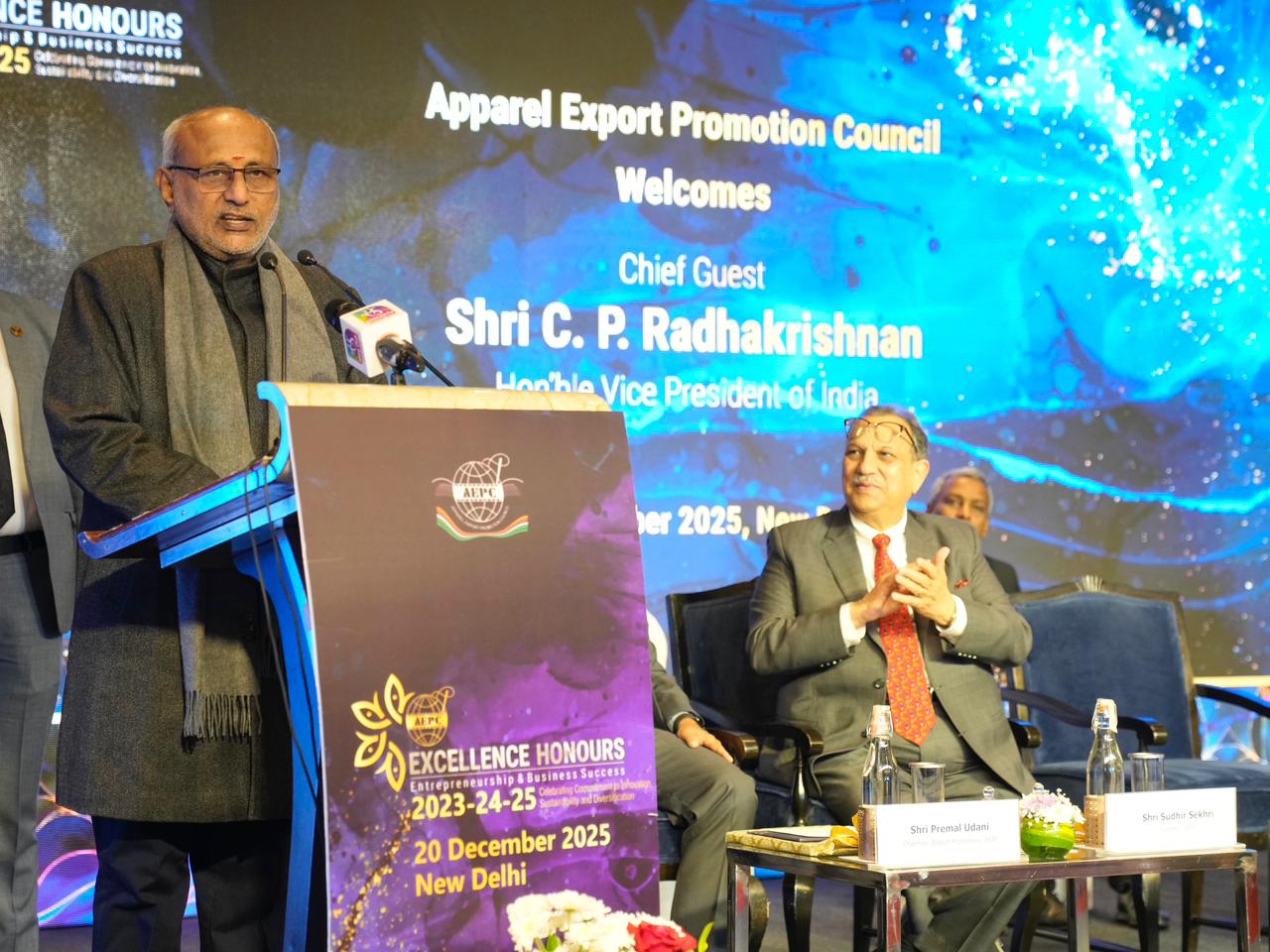A study by the International Labour Organisation (ILO) suggests that it is the lower-end jobs in the textile and garment industry that are facing the risk of getting replaced by robots or automation. The research, based on two ASEAN-wide surveys of more than 4,000 enterprises and 2,700 students, and qualitative interviews with more than 330 stakeholders in ASEAN and beyond, examines how technology has an impact on workplaces.
According to the study, the robot age is already a reality among ASEAN manufacturers, who have been incrementally introducing robotic automation to improve productivity, quality, consistency, and workplace safety.
However, talking about labour-intensive sectors such as textiles, clothing and footwear, which provide more than nine million jobs in the ASEAN region, the report says, here, skilled jobs are particularly vulnerable to disruptive technologies, like additive manufacturing and automation. This could reduce export growth, as destination markets in Europe and the United States bring production back home. The subsequent social consequences could be particularly significant for some ASEAN economies, such as Cambodia and Vietnam.
As far as India is concerned, when the second wave of automation in the textile and apparel industry halves the use of human capital, those industries will shift their base back to developed nations. This would be a bad situation for India, as for the next two decades, every year, 10 million people are expected to join India's workforce.
Automation may hit jobs in India's textile industry
- 1
- 2
- 3
- 4
- 5
- 6
- 7
- 8
- 9
- 10
India’s T&A sector navigates a "Mixed Bag" first half in FY26
The Indian textile and apparel industry is currently weathering a period of complex recalibration. According to the latest Wazir Textile... Read more
Techtextil 2025: Mapping India’s transition to a global hub for value-added tech…
The conclusion of the 10th edition of Techtextil India in Mumbai marks a definitive transition for the country’s textile landscape,... Read more
China Wave returns to Pitti Uomo 109: Bridging the gap from global factory to de…
The landscape of international menswear is witnessing a structural shift as the ‘China Wave’ initiative returns to the 109th edition... Read more
The Second Life of 3D: Why this tech is more alive than ever in fashion
The fashion industry is no stranger to cycles of hype and disillusionment, and 3D technology has been no exception. At... Read more
VP Radhakrishnan urges modernization and FTAs as India’s apparel exports surge 1…
Highlighting the textile sector's role as India's second-largest employer, Vice President C. P. Radhakrishnan called for a strategic push toward... Read more
Indian Rupee’s Breach of 90: A double-edged equation reshaping India’s ‘Fiber-to…
The Indian rupee’s historic slide past the ₹90.43 per dollar mark in late 2025 has forced a fundamental recalibration across... Read more
Can cotton duty relief blunt US 50% tariff hit on Indian apparel?
The Confederation of Indian Textile Industry (CITI) has issued a high-stakes call to the government, asserting that the permanent removal... Read more
The Great Sourcing Shuffle: Why tariffs failed to bring manufacturing back to th…
When Washington set out to ‘reclaim manufacturing’ through punitive tariffs, it was envisioned as a patriotic reset one that would... Read more
Beyond Search and Scroll: Why AI-powered shopping is becoming retail’s new opera…
When ChatGPT unveiled its Instant Checkout capability allowing users to discover, evaluate, and purchase products within a single conversational interface... Read more
How global acrylic fiber leaders engineered price stability amid historic ACN cr…
The global Acrylic Staple Fibre (ASF) market, long known for its sensitivity to violent swings in petrochemical feedstocks is facing... Read more












